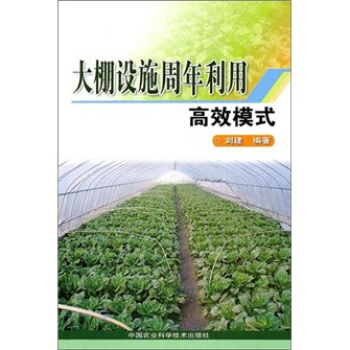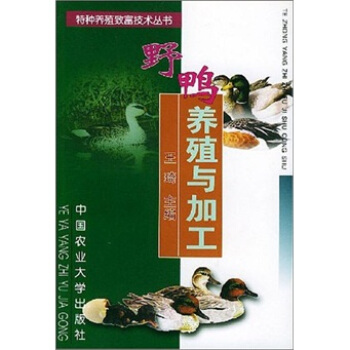具体描述
内容简介
《新编猪病诊疗手册》共11章,全面系统地阐述了猪病的基本概念和防制要领,对已发现的病毒病、细菌病、寄生虫病、营养代谢病、中毒病、应激综合征、繁殖类病、内科病、外科病、外科手术等100多种猪病,每个病从病因、流行特点、主要症状、剖检特征、实验室诊断和防制要点等方面作了重点而明确的叙述。其中不乏有常见病和疑难症,并介绍了一些国内外近年来新发现的猪病。在编写形式上有独特或别致之处,有异于一般编写程序,既有分类对比,又有归纳综合,便于真切参阅和牢固掌握,如寄生虫病、内科病、繁殖类病等章节。��
《新编猪病诊疗手册》撰写力求新颖、实用、全面,借鉴了国内外最新科研成果,取精于宏凝聚成书。全书资料丰实,文句简明,且富有科学性、实用性、针对性,适用于广大养殖户和畜牧兽医科技工作者参阅。 目录
第一章 概述�í�
一、猪传染病的传染过程�í�
(一)猪传染病的基本特征�í�
(二)猪传染病的临诊特点�í�
(三)传染的类型�í�
二、猪传染病的流行过程�í�
(一)流行过程的三个基本环节�í�
(二)疫源地�í�
三、临诊诊断�í�
(一)问诊�í�
(二)听诊�í�
(三)视诊�í�
(四)触诊�í�
(五)叩诊�í�
(六)体温检查�í�
四、尸体剖检�í�
五、病料的采取、保存和送检�í�
(一)一般注意事项�í�
(二)病料的采取�í�
(三)病料的保存�í�
(四)病料的送检�í�
六、猪病快速诊断新技术�í�
七、防制措施�í�
八、流行病学分析常用的频率指标�í�
九、猪对疫苗的不良反应和预防�í�
十、我国三类猪疫病病种名录和动物疫情的处理程序�í�
第二章 病毒性传染病�í�
一、猪瘟�í�
二、非洲猪瘟�í�
三、猪传染性胃肠炎�í�
四、猪流行性腹泻�í�
五、猪轮状病毒病�í�
六、猪圆环病毒感染�í�
七、猪流行性感冒�í�
八、猪巨细胞病毒感染�í�
九、猪乙型脑炎�í�
十、猪细小病毒感染�í�
十一、猪繁殖与呼吸综合征�í�
十二、猪肠病毒感染�í�
十三、猪脑心肌炎病�í�
十四、猪传染性脑脊髓炎�í�
十五、猪血凝性脑脊髓炎�í�
十六、狂犬病�í�
十七、猪伪狂犬病�í�
十八、蓝眼病�í�
十九、猪腺病毒感染�í�
二十、口蹄疫�í�
二十一、猪痘�í�
二十二、猪水疱病�í�
二十三、猪水疱性疹�í�
二十四、猪水疱性口炎�í�
第三章 细菌性传染病�í�
一、猪肺疫�í�
二、猪霉形体肺炎�í�
三、猪接触传染性胸膜肺炎�í�
四、猪传染性萎缩性鼻炎�í�
五、炭疽�í�
六、猪副嗜血杆菌病�í�
七、衣原体病�í�
八、猪大肠杆菌病�í�
九、猪副伤寒�í�
十、猪梭菌性肠炎�í�
十一、猪痢疾�í�
十二、猪链球菌病�í�
十三、葡萄球菌感染�í�
十四、李氏杆菌病�í�
十五、破伤风�í�
十六、猪丹毒�í�
十七、恶性水肿�í�
十八、结核病�í�
十九、钩端螺旋体病�í�
二十、坏死杆菌病�í�
二十一、猪鼻支原体引起的多发性浆膜炎和关节炎�í�
二十二、猪滑液支原体关节炎�í�
二十三、布鲁菌病�í�
二十四、附红细胞体病�í�
二十五、猪的皮肤真菌病�í�
二十六、猪的系统真菌病�í�
二十七、猪的全身性真菌病�í�
二十八、猪的其它真菌病�í�
第四章 寄生虫病�í�
一、吸虫病�í�
二、绦虫病�í�
三、线虫病�í�
四、棘头虫病�í�
五、原虫病�í�
六、外寄生虫�í�
第五章 营养代谢病�í�
一、蛋白质和氨基酸缺乏症�í�
二、新生仔猪低血糖症�í�
三、黄脂病�í�
四、硒缺乏症�í�
五、铁缺乏症�í�
六、钙和磷缺乏症�í�
七、锌缺乏症�í�
八、维生素A缺乏症�í�
九、维生素B��1缺乏症�í�
十、维生素B��2缺乏症�í�
第六章 中毒病�í�
一、麦角中毒�í�
二、亚硝酸盐中毒�í�
三、食盐中毒�í�
四、霉饲料中毒�í�
五、菜子饼中毒和棉子饼中毒�í�
六、氟及氟化物中毒�í�
七、有机磷中毒�í�
八、甘薯黑斑病中毒�í�
九、马铃薯中毒�í�
第七章 应激综合征�í�
一、应激学说简述�í�
二、应激时猪的临诊表现�í�
三、应激敏感猪的检测�í�
四、应激综合征的防治�í�
五、皮特兰种猪应激病的预防措施�í�
第八章 繁殖期疾病�í�
一、不孕症的源头�í�
(一)初情期延迟的因素�í�
(二)不发情(乏情)�í�
(三)连续发情�í�
(四)卵巢囊肿�í�
(五)持久黄体�í�
(六)先天性不孕�í�
二、妊娠期疾病�í�
(一)死胎�í�
(二)流产�í�
(三)阴道出血�í�
三、分娩期疾病�í�
(一)难产�í�
(二)胎衣不下�í�
四、产后疾病�í�
(一)阴道脱出、子宫内翻和子宫脱出�í�
(二)子宫内膜炎�í�
(三)产后败血症和脓毒血病�í�
(四)产后瘫痪�í�
(五)乳房炎�í�
(六)母猪无乳综合征�í�
(七)产后食欲不振或不食�í�
五、母猪的繁殖障碍�í�
六、公猪的繁殖障碍�í�
七、围产期仔猪的死因及防制�í�
(一)断奶前死亡率�í�
(二)对子宫外环境的适应�í�
(三)与分娩有关的死亡�í�
(四)分娩后的死亡率�í�
(五)降低围产期仔猪死亡的饲养管理措施�í�
第九章 内科病�í�
一、胃肠卡他�í�
二、胃肠炎�í�
三、胃溃疡�í�
四、肠便秘�í�
五、肠变位�í�
六、呼吸道病�í�
七、中暑�í�
八、新生仔猪溶血病�í�
第十章 外科病�í�
一、结膜炎�í�
二、脓肿�í�
三、蜂窝织炎�í�
四、疝�í�
五、直肠脱�í�
六、风湿病�í�
七、猪传染性关节炎�í�
八、外伤性跛行�í�
第十一章 外科手术�í�
一、猪的保定�í�
二、手术消毒�í�
三、猪的麻醉�í�
四、手术基本技能�í�
五、卵巢摘除术�í�
六、睾丸摘除术�í�
七、公猪隐睾切除术�í�
八、阉割后的继发症�í�
九、剖腹产术�í�
附录�í�
一、动物用中西医新药简介(5个单位的)�í�
二、生猪传染病防制示意图�í�
三、猪的建议免疫程序�í�
四、猪场对体内外寄生虫病的防制�í�
五、猪每天水需要量�í�
六、猪场不同管理水平生产成绩�í�
七、药物性饲料含量换算表�í�
八、用药剂量与之相关的比例�í�
九、部分国家及地区明令禁用或重点监控的兽药及其他化合物清单�í�
十、中国饲料成分及营养价值表�í�
参考文献 前言/序言
《 farm management essentials: optimizing animal health and productivity》 In the dynamic world of modern agriculture, efficiency and sustainability are paramount. For those involved in animal husbandry, understanding the intricate balance of farm management practices is crucial for both the well-being of livestock and the economic viability of their operations. This comprehensive guide, "Farm Management Essentials: Optimizing Animal Health and Productivity," delves deep into the foundational principles and advanced strategies that underpin successful animal farming. It is meticulously crafted to equip farm owners, managers, and aspiring agriculturalists with the knowledge and tools necessary to navigate the complexities of animal production in the 21st century. This book is not a superficial overview but a detailed exploration of the multifaceted aspects of farm management. It begins by laying a robust groundwork, emphasizing the critical importance of strategic farm planning. This foundational chapter moves beyond mere livestock numbers, examining how to develop long-term vision that encompasses market trends, resource availability, and environmental considerations. Readers will learn to analyze their unique farm context, identifying strengths, weaknesses, opportunities, and threats (SWOT analysis) to create a roadmap for sustainable growth. This includes understanding how to integrate different production cycles, manage financial resources effectively, and adapt to evolving agricultural policies and regulations. The emphasis is on proactive planning, rather than reactive problem-solving, fostering resilience and foresight in farm operations. A significant portion of the guide is dedicated to the biological and physiological needs of livestock. This is not just about feeding and watering; it's about a profound understanding of animal welfare and production biology. Chapters are devoted to dissecting the nutritional requirements of various species, from essential macro and micronutrients to the specific dietary needs at different life stages – from weaning to maturity and reproduction. The text explores the science behind feed formulation, emphasizing the use of high-quality ingredients, the principles of energy and protein metabolism, and the importance of gut health for nutrient absorption and overall immunity. Beyond nutrition, the book delves into the intricacies of animal behavior, recognizing that understanding an animal's natural instincts and social dynamics is key to minimizing stress and optimizing productivity. This includes exploring environmental enrichment, social grouping strategies, and the recognition of behavioral indicators of well-being or distress. The impact of housing systems on animal behavior and health is thoroughly examined, contrasting different approaches and offering insights into designing facilities that promote natural behaviors and reduce the risk of injury or disease. Disease prevention and biosecurity form the bedrock of any successful livestock operation. This guide provides an exhaustive treatment of these critical areas. It moves beyond basic hygiene to encompass a comprehensive biosecurity plan, detailing measures to prevent the introduction and spread of diseases. This includes rigorous protocols for animal sourcing, visitor management, equipment sanitation, and waste disposal. The book systematically outlines common infectious and non-infectious diseases affecting various livestock species, focusing on early detection and intervention. Rather than focusing on specific treatments (which can become outdated or vary by region), the emphasis is on understanding the principles of disease pathogenesis, the role of the immune system, and the importance of a proactive approach to herd health. This involves a detailed exploration of vaccination programs, their scientific basis, and how to implement them effectively. Furthermore, the guide emphasizes the critical role of veterinary collaboration, outlining how to build a strong working relationship with veterinarians, interpret diagnostic information, and implement veterinary recommendations efficiently. The economic impact of disease outbreaks is quantified, underscoring the financial imperative of robust biosecurity and preventative health measures. The management of reproductive cycles and genetic improvement is another vital pillar of efficient animal production. This book offers in-depth guidance on understanding and optimizing breeding programs. It covers topics such as estrus detection, artificial insemination techniques, pregnancy diagnosis, and calving/farrowing/lambing management. The genetic aspects are explored through the lens of selecting for desirable traits such as disease resistance, growth rate, feed efficiency, and product quality. Readers will learn about different genetic selection methods, the interpretation of estimated breeding values (EBVs), and the long-term implications of genetic choices on farm productivity and profitability. The book emphasizes the importance of meticulous record-keeping in tracking reproductive performance and genetic progress, allowing for data-driven decision-making. Environmental stewardship and sustainability are no longer optional but essential components of responsible farm management. This section explores how to minimize the environmental footprint of animal agriculture. It addresses topics such as manure management, waste reduction, water conservation, and the responsible use of resources. The guide provides practical strategies for composting, biogas production, and nutrient management to reduce pollution and enhance soil health. The impact of livestock operations on greenhouse gas emissions is examined, along with strategies for mitigation. Furthermore, it delves into the ethical considerations of animal production, promoting humane practices and animal welfare as integral to sustainable operations. The importance of integrated pest management and the protection of biodiversity on and around the farm are also discussed. Operational efficiency and technology integration are key to maximizing productivity and profitability. This book explores how to streamline farm operations through effective labor management, equipment maintenance, and the strategic adoption of technology. Readers will gain insights into optimizing daily routines, implementing efficient workflow processes, and the principles of lean farming. The guide critically examines the role of modern technologies such as precision agriculture, automated feeding systems, environmental monitoring sensors, and herd management software. The focus is on understanding how these technologies can be leveraged to improve decision-making, reduce labor costs, enhance animal monitoring, and optimize resource allocation. The book stresses the importance of a phased approach to technology adoption, ensuring that investments align with farm goals and provide a tangible return. Finally, the book addresses the crucial aspects of financial management and risk mitigation. This includes detailed guidance on budgeting, cost accounting, and financial analysis. Readers will learn to track income and expenses, calculate key performance indicators (KPIs), and understand the financial health of their operation. The guide explores various funding sources, investment strategies, and the importance of cash flow management. Risk mitigation strategies are explored comprehensively, encompassing market price volatility, weather-related disruptions, disease outbreaks, and regulatory changes. This includes understanding insurance options, diversification strategies, and the development of contingency plans. The ultimate goal is to empower farm managers with the financial acumen and strategic foresight to ensure the long-term success and stability of their livestock enterprises. "Farm Management Essentials: Optimizing Animal Health and Productivity" is more than just a collection of advice; it is a comprehensive framework for building a resilient, profitable, and ethically responsible animal farm. Its detailed approach ensures that readers are equipped with the knowledge and practical skills to excel in the ever-evolving landscape of modern agriculture.
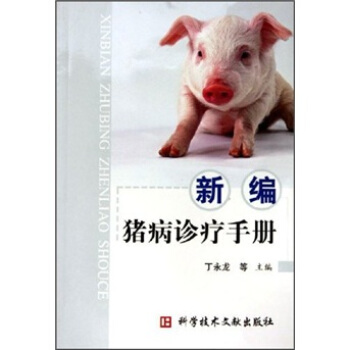


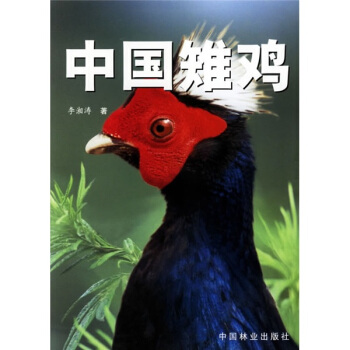
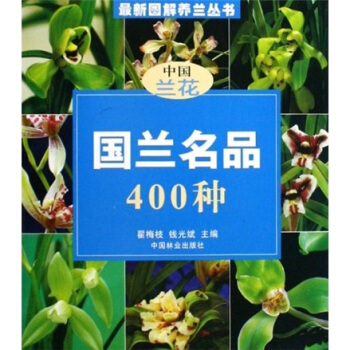
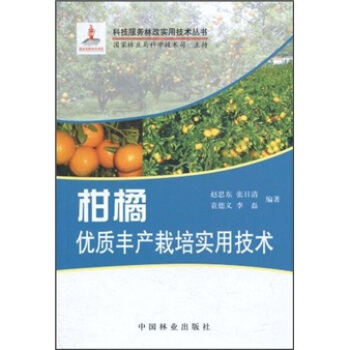
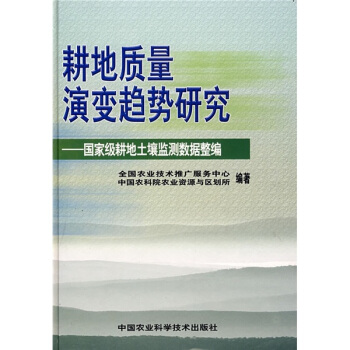

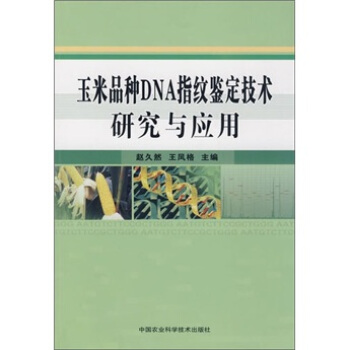
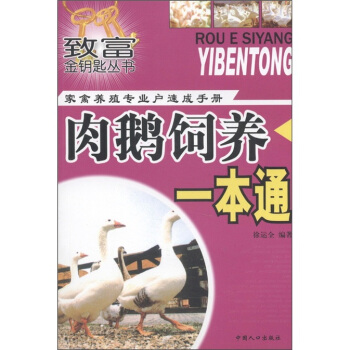

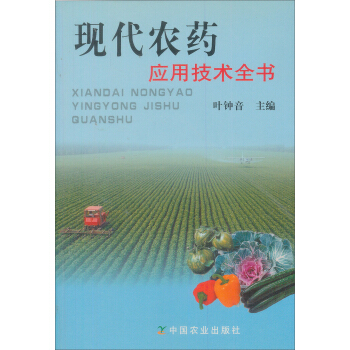
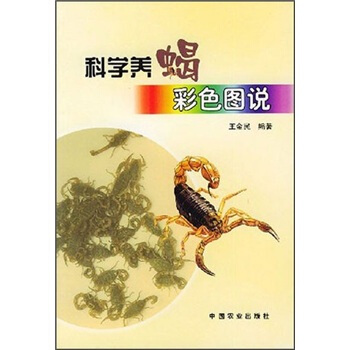
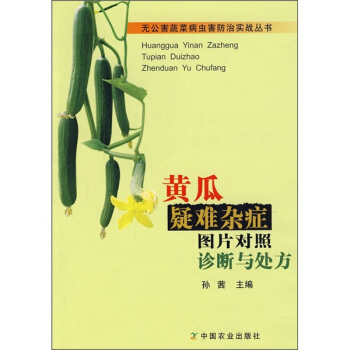

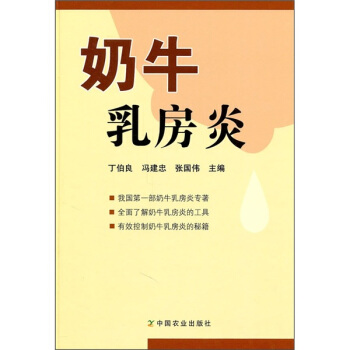
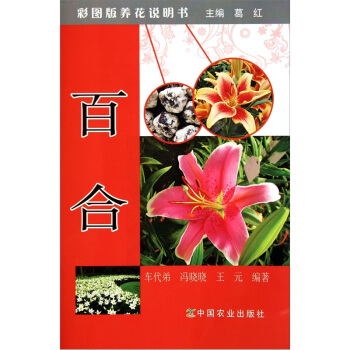
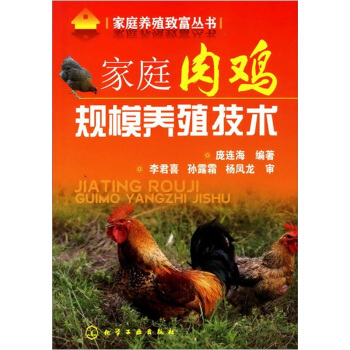
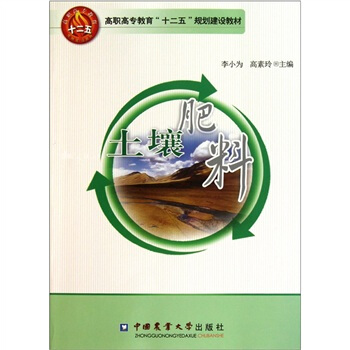
![设施菜田退化土壤修复与资源高效利用 [Management of Degraded Vegetable Soils in Greenhouses] pdf epub mobi 电子书 下载](https://pic.tinynews.org/10705462/807d7088-68b0-4605-83f0-08b505848ee6.jpg)

